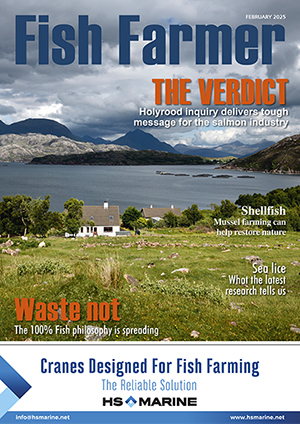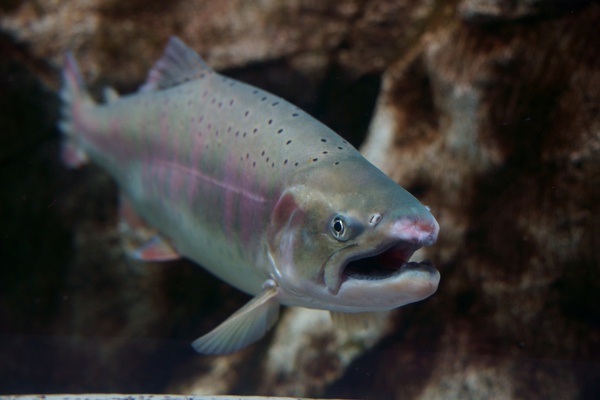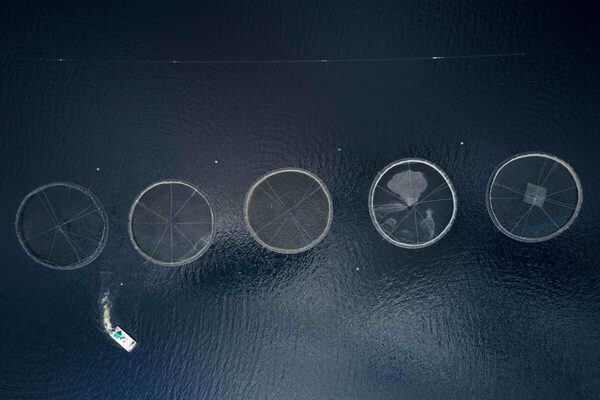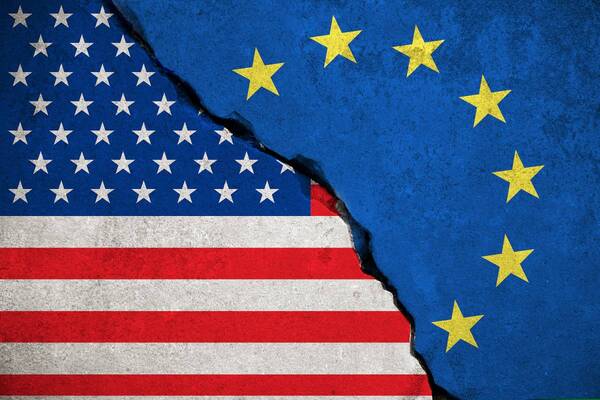Iceland aquaculture exports hit new record
Farmed fish exports from Iceland reached their highest ever level last year, with a value of 53.6bn (£312m).
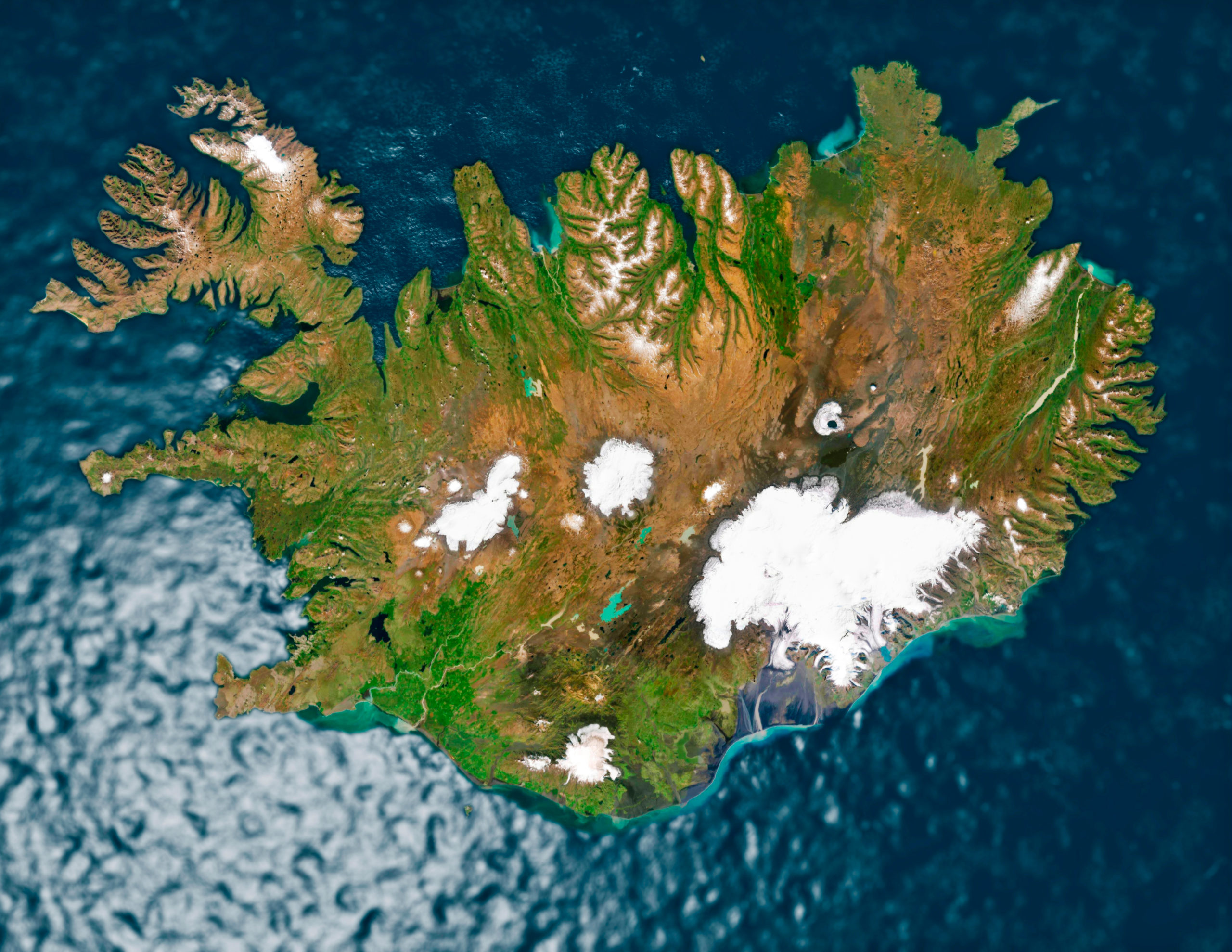
It is the first time that aquaculture sales overseas, mainly salmon and Arctic char, have passed the ISK 50 billion mark.
The latest figure represents an increase of 16% on 2023. It also represents 15% of marine exports and around 6% of the country’s total exports by value.
The figures, from Statistics Iceland, show that aquaculture is growing at a high impressive rate.
Ten years ago farmed fish exports totalled just ISK 6.7 billion (around £37m) after which time they started to grow steadily almost year by year. They are now almost double the figure of five years ago.
Much of this has been due to overseas investment, mainly from Norway, but there is considerable home-grown investment as well. For the most part, Iceland has not suffered the same biological or salmon lice problems as Norway.
Farmed salmon is the main commodity in this category, accounting for more than ISK 40 billion or £232m during the first 11 months of 2024. This represents an increase of 19% on 2023.
Salmon has overtaken haddock and, after trawler-caught cod, it is now the second most valuable fish species exported from Iceland.
The gap between salmon and cod is set to narrow further over the next few years despite cod currently fetching record prices. Several new, mainly land-based salmon farms are in various stages of construction which will hugely boost Iceland’s aquaculture output.
